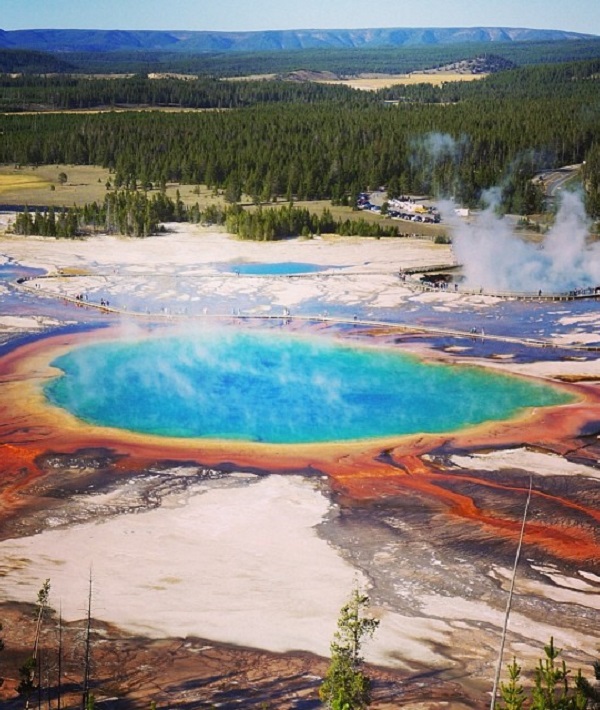
Parks, Preserves and More
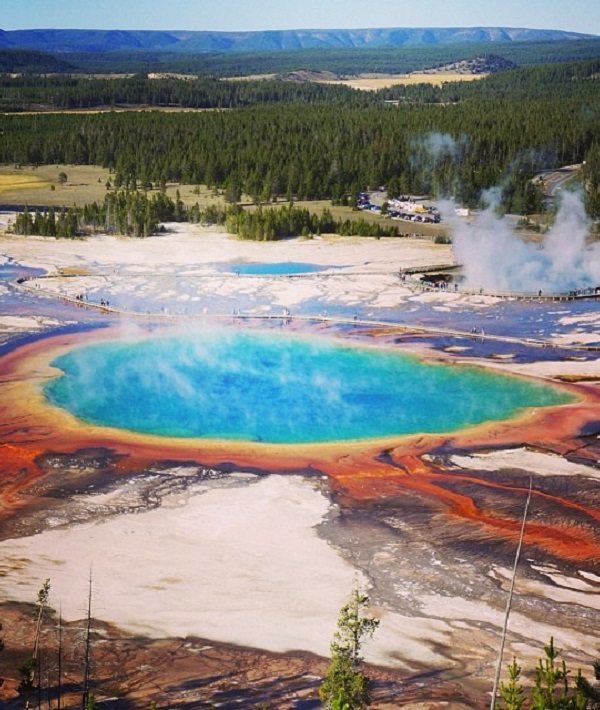
In 1872, President Ulysses S. Grant signed a declaration making Wyoming's famous Yellowstone park (seen here) the first national park in the country. Today, there are 58 national parks across the U.S., with several states having more than one. We've checked out the best national parks (including national preserves, trails, shorelines, recreational areas, historic parks and more) across the U.S. that will inspire every traveler to appreciate all the great scenic places close to home.
Alabama
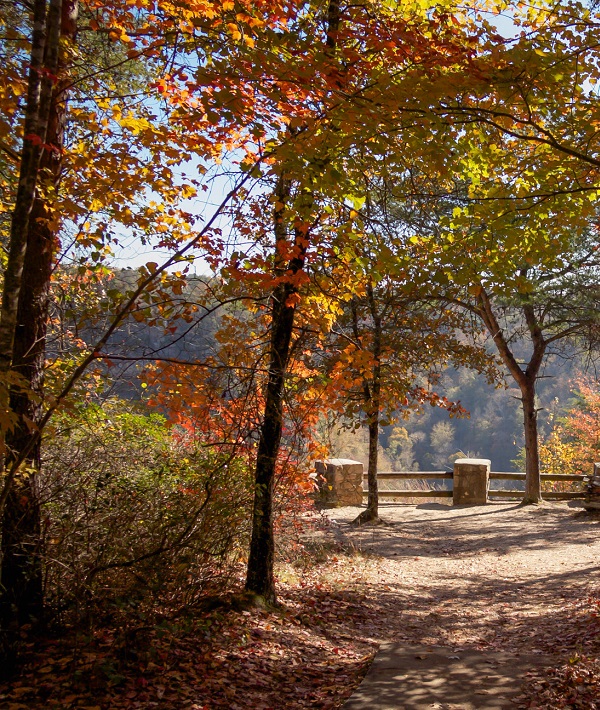
Little River Canyon National Preserve
Although the Heart of Dixie doesn't have its own national park, it does have a more than 15,000-acre national preserve near Fort Payne. Visitors can hike through the canyons to see enchanting waterfalls, glorious changing foliage throughout the seasons and watch the soothing movement of the mountain-top river that flows throughout the preserve.
Alaska
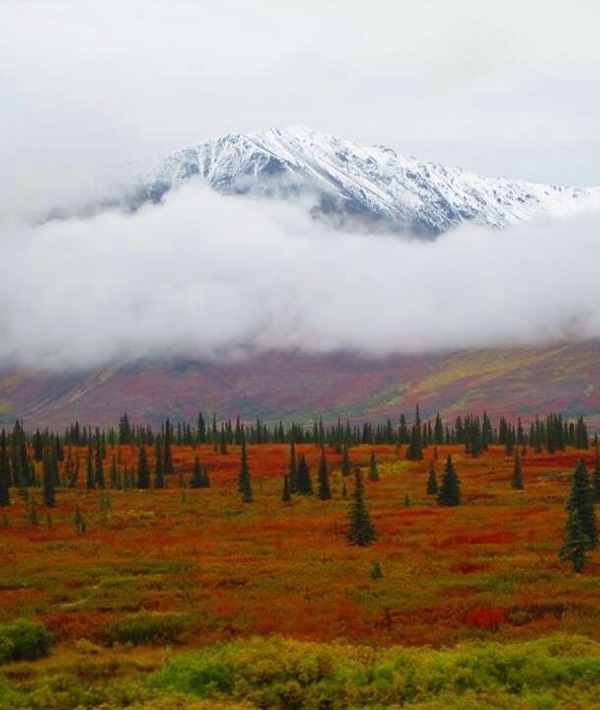
Denali National Park & Preserve
In a state that has an epic eight national parks, it was hard to choose just one. But our love for Denali runs deep, and with more than 600,000 visitors each year, we're clearly not alone. Home to an immense mountain range with 6 million acres of rugged wilderness, this national park encompasses some of the most beautiful vistas in the entire state.
Arizona
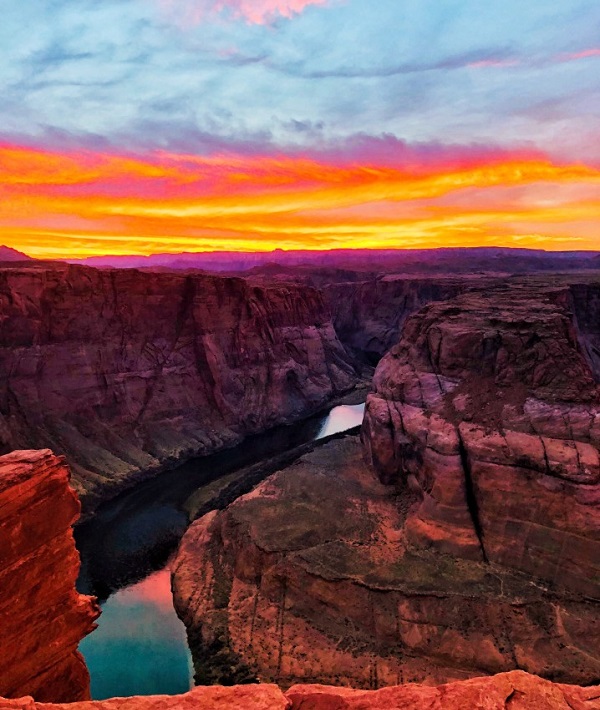
Grand Canyon National Park
Arguably one of the most popular national parks in the entire U.S., Arizona's Grand Canyon is one of three national parks in the state, but it sees more than three times the annual visitor traffic of the other two parks, combined. Famous for its sweeping views and mile-deep canyon, as well as hiking trails, waterfalls and history, this is one park everyone should visit once in their lifetime.
Arkansas
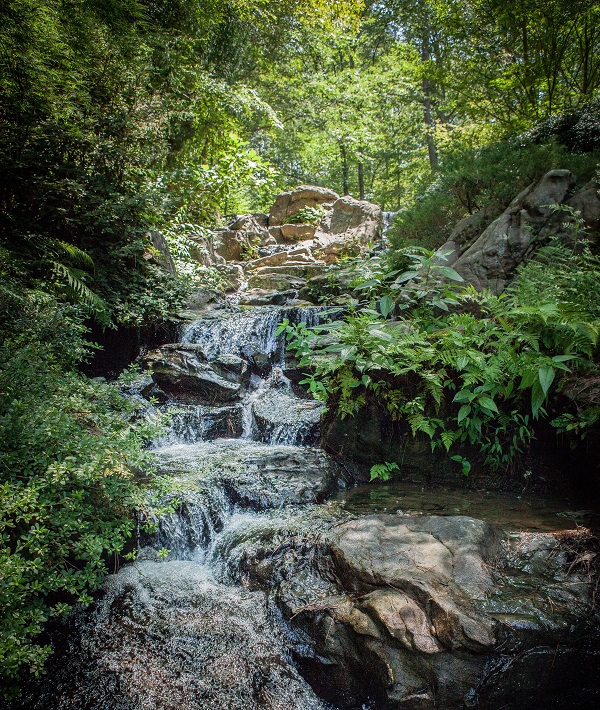
Hot Springs National Park
Nicknamed "America's Spa," the natural geothermal pools located in Arkansas' Hot Springs (both the city and the national park) have long enticed visitors. Set amid a stunning natural backdrop, the outdoor thermal pools are no longer open to the public, but thankfully, sanctioned bathhouses in the park are available, for a fee.
California
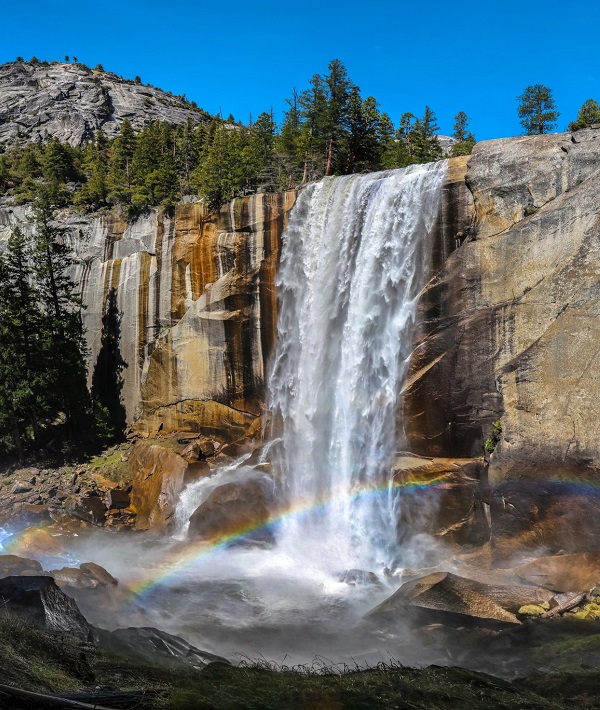
Yosemite National Park
Set in California's Sierra Nevada mountains, Yosemite is just one of nine national parks in the state. What makes this particular park so special is its towering granite canyons, carved over millennia from glaciers and groves of giant sequoia trees. Popular destinations in Yosemite include Mariposa Grove and the serenely beautiful Yosemite Valley.
Colorado
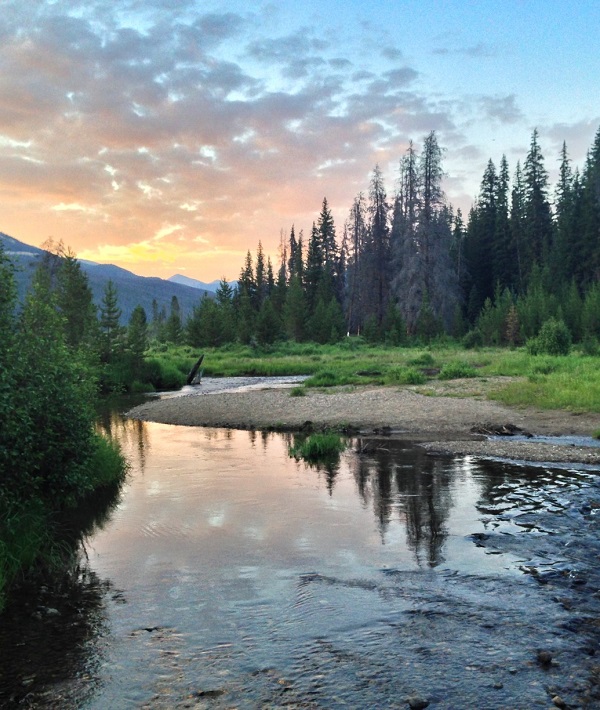
Rocky Mountain National Park
It's one of four national parks in colorful Colorado, but it's also one of the most beautiful. Located 76 miles from Denver, Rocky Mountain National Park boasts snow-capped mountain views, lush forests, ravines, plentiful wildlife and more than 385 miles of hiking trails for visitors to enjoy.
Connecticut
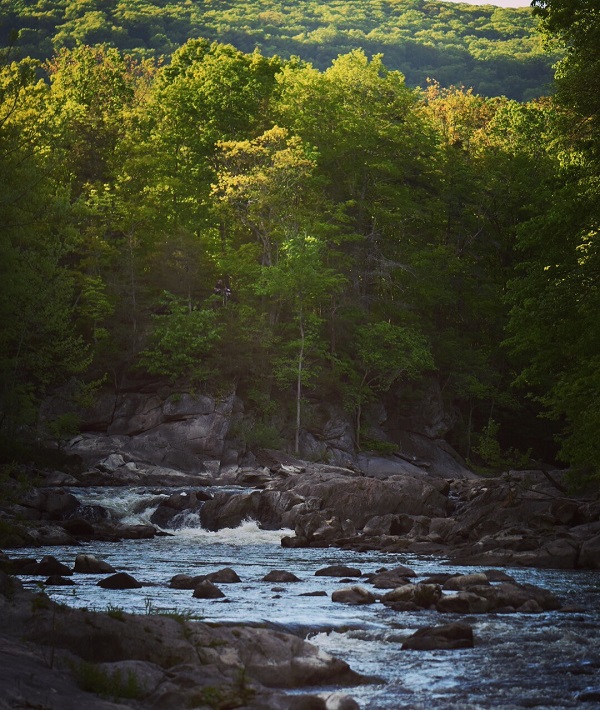
Appalachian National Scenic Trail
Although this New England state doesn't have a national park, it does have numerous historic and scenic trails, with one of the most popular being the fabled Appalachian Trail. Spanning more than 2,180 miles across 14 states, this popular hiking trail is the longest footpath in the world, and was featured in writer Bill Bryson's travel book "A Walk in the Woods," which later became a movie.
Delaware
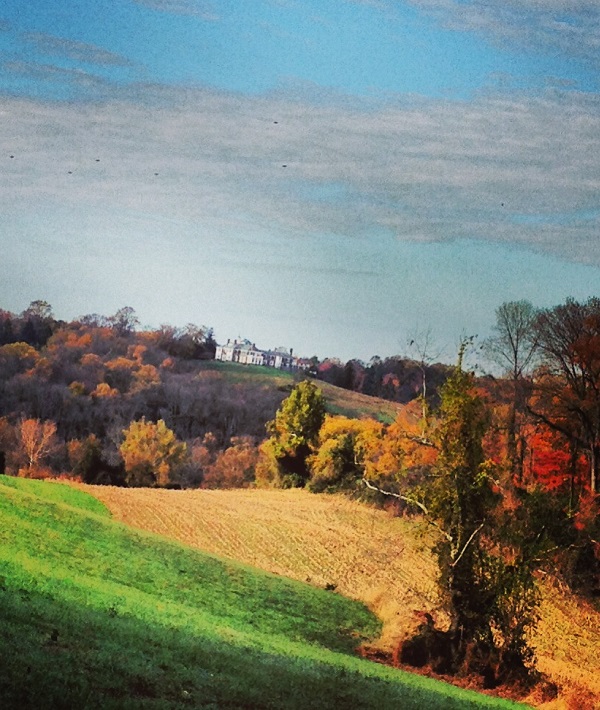
First State National Historical Park
Even though Delaware is the first state of the nation, it was the last to formally get its own national park. In 2015, Congress designated 1,100 acres of beautiful land along the Brandywine River as the First State National Historical Park, which is comprised of seven sites primarily located in Delaware, but also reaching into nearby Pennsylvania.
Florida
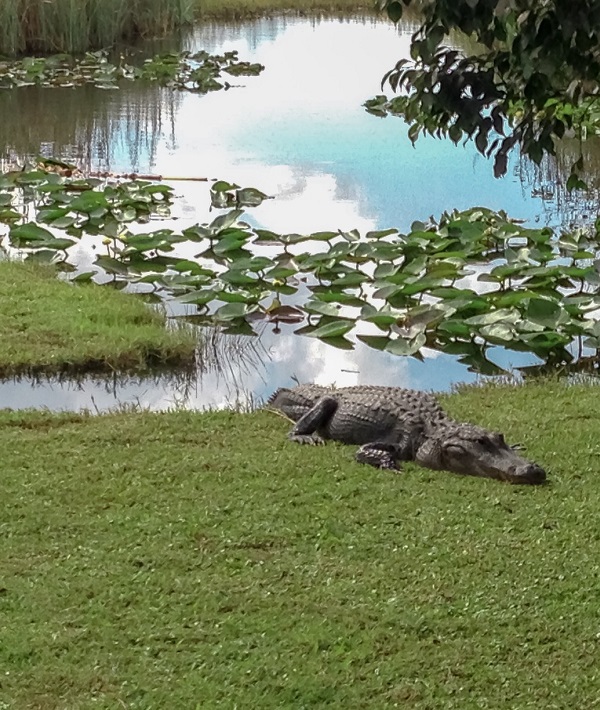
Everglades National Park
Florida has three amazing national parks (including the gorgeous Dry Tortugas, which we've covered extensively), but only one allows visitors to experience the raw and slightly terrifying beauty of the Florida wetlands. Located in the southern part of the state, the Everglades envelopes 1.5 million acres, where alligators, crocodiles and more can be found.
Georgia
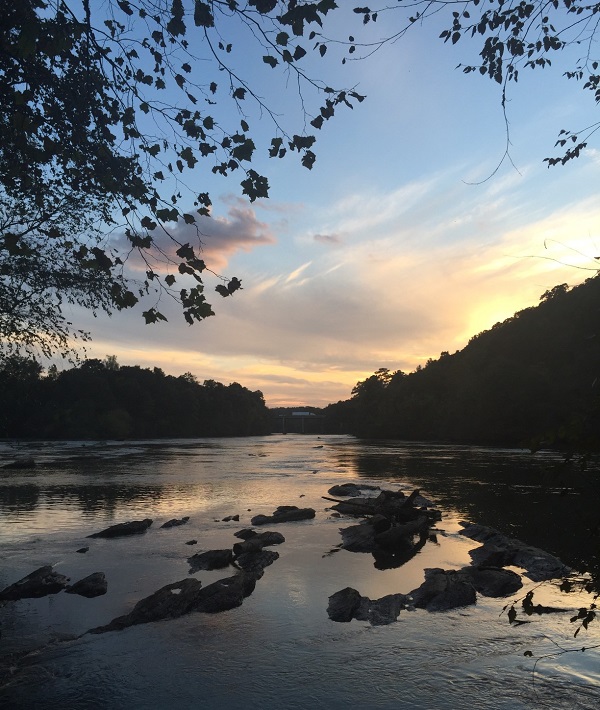
Chattahoochee River National Recreational Area
Surprisingly, the Peach State doesn't have its own national park, but along with having numerous national monuments, historical parks and trails, Georgia has this popular recreational area. Known for being a scenic natural escape, the Chattahoochee River is where visitors come to hike, raft, fish and swim throughout the year.
Hawai‘i
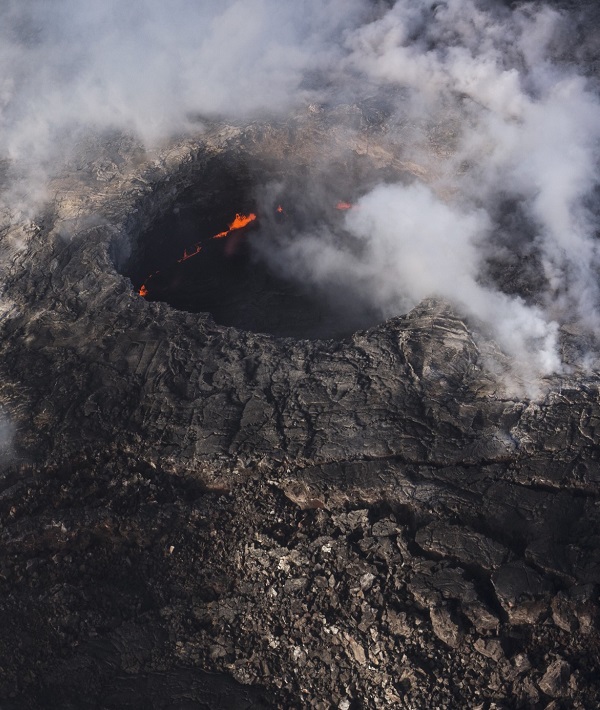
Hawai'i Volcanoes National Park
Throughout the six main islands of this Pacific archipelago there are only two national parks, with one of the most famous being located on the Big Island of Hawai'i. Home to two active volcanoes, Kilauea and Mauna Loa, Hawai'i Volcanoes National Park closed on May 11, 2018, due to increased volcanic activity and earthquakes. The park reopened on September 22 amid a calmer (and safer) landscape.
Idaho
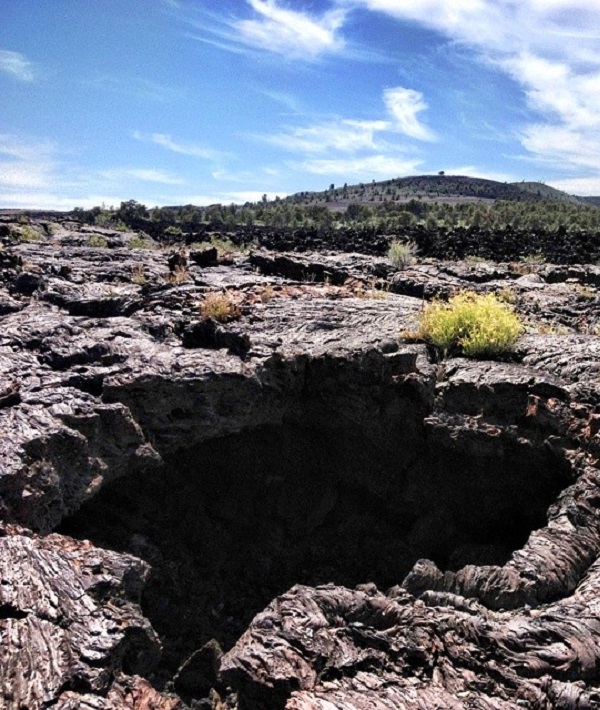
Craters of the Moon National Monument and Preserve
Although Yellowstone National Park extends a bit into Idaho, the state doesn't have another full-fledged national park. What it lacks in park status it makes up for with Craters of the Moon, a national monument and preserve that showcases stunning lava fields from historic volcanoes that once erupted throughout the area, which is now dotted with fragrant flora, including wild sagebrush.
Illinois
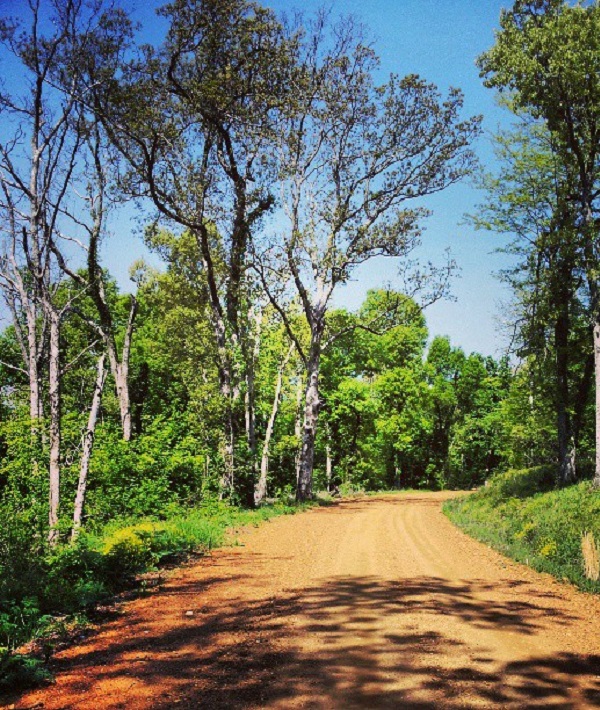
Trail of Tears National Historic Trail
In southern Illinois is an important piece of Native American history. While not a national park, this path is a section of the sorrow-filled Trail of Tears, marking the historic route the Cherokee Nation was forced to walk from 1838 to 1839 after being forcefully uprooted from their homelands. It is believed that more than 4,000 Cherokee died from hunger, disease and hypothermia during this devastating journey.
Indiana
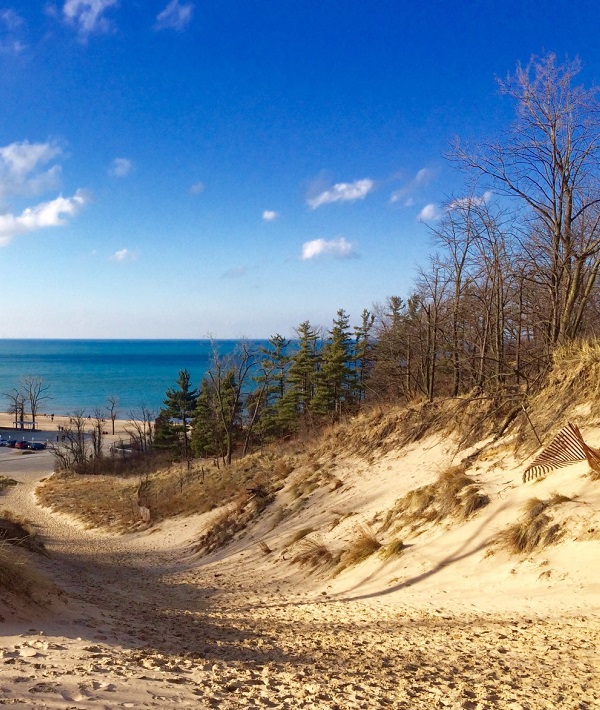
Indiana Dunes National Lakeshore
Nestled on Lake Michigan is Indiana's answer to a national park (which it has yet to establish): the Indiana Dunes National Lakeshore. Comprising 15 miles of shoreline and more than 50 miles of trails across the dunes, this small but mighty natural preserve is one of the state's hidden gems and one of the most beloved vacation destinations year-round.
Iowa
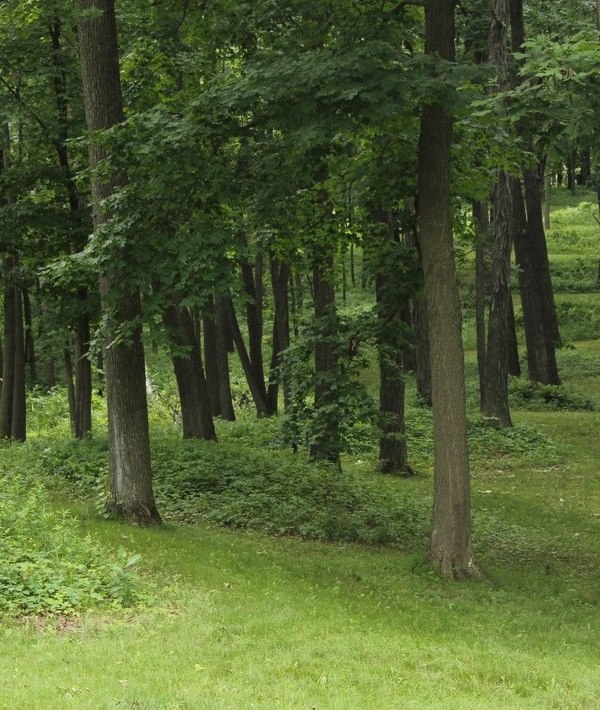
Effigy Mounds National Monument
Even though Iowa doesn't have its own national park, it does have something even cooler, the 1,000 year-old Effigy Mounds in Harpers Ferry. These unique animal-shaped mounds were carefully created in the first millennia by Native Americans inhabiting the area. Thought to be ceremonial in purpose, archaeologists believe these earthen shapes could have represented celestial bodies, or even ancient burial grounds.
Image via Iowa Tourism Office
Kansas
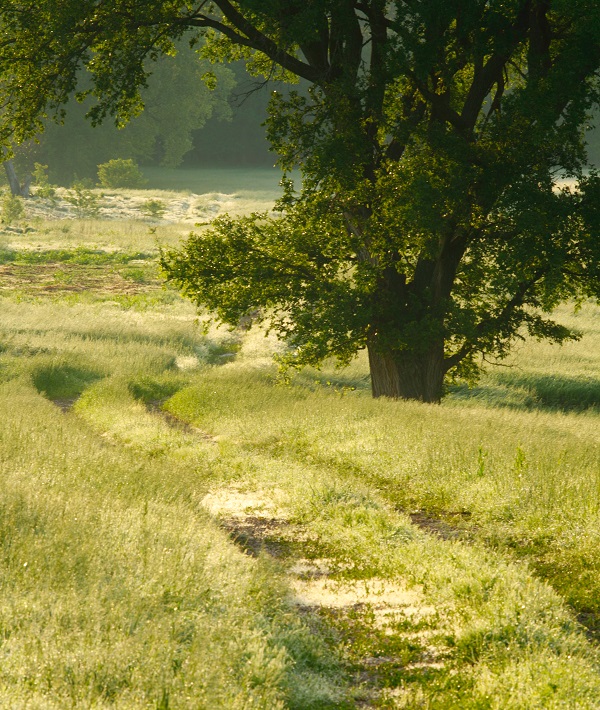
Tallgrass Prairie National Preserve
Kansas is a state with a bountiful history, but no genuine national parks. Thankfully, along with its numerous historic sites and trails, the Sunflower State has this gorgeous national preserve. Encompassing 11,000 acres, this bountiful prairie is all that is left of a massive 170 million acre grassland that once covered a wide swath of North America before agriculture turned the swaying fields of green and gold into farmland and cities.
Image via Kansas Tourism
Kentucky
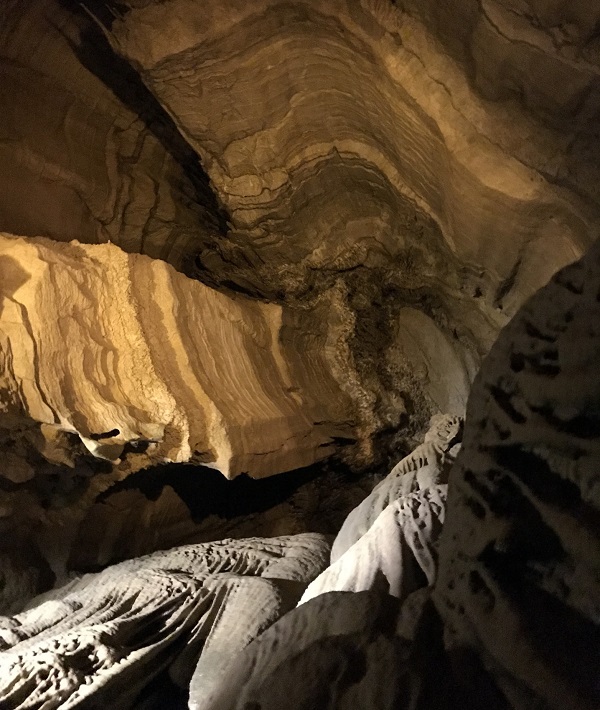
Mammoth Cave National Park
Not only is Kentucky the birthplace of former President Abraham Lincoln (and delicious fried chicken), it's also where this incredibly cool national park is located, which features the longest cave system in the world. Enchanting people for more than 4,000 years, this network of underground rock tunnels and enclaves found in south-central Kentucky draws nearly 2 million visitors each year.
Louisiana
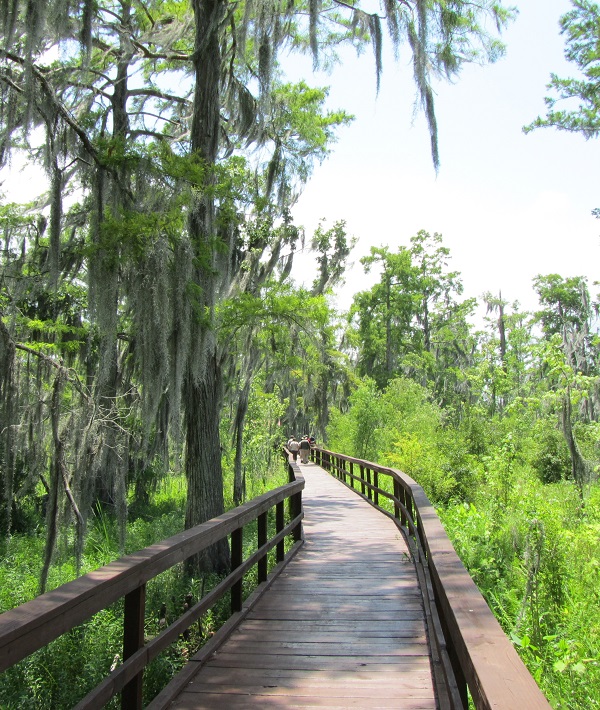
Jean Lafitte National Historical Park & Preserve
Named for a French pirate, this immense historical park and preserve is comprised of six individual sites that reflect on the history, battles, burial grounds, nature and people of Louisiana. At these unique park locations, guests can learn about the Acadian roots of the Cajun people, Jean Lafitte and the infamous battle of New Orleans, the flora and fauna of the Barataria Preserve and more.
Image via Jefferson Convention & Visitors Bureau, Inc.
Maine
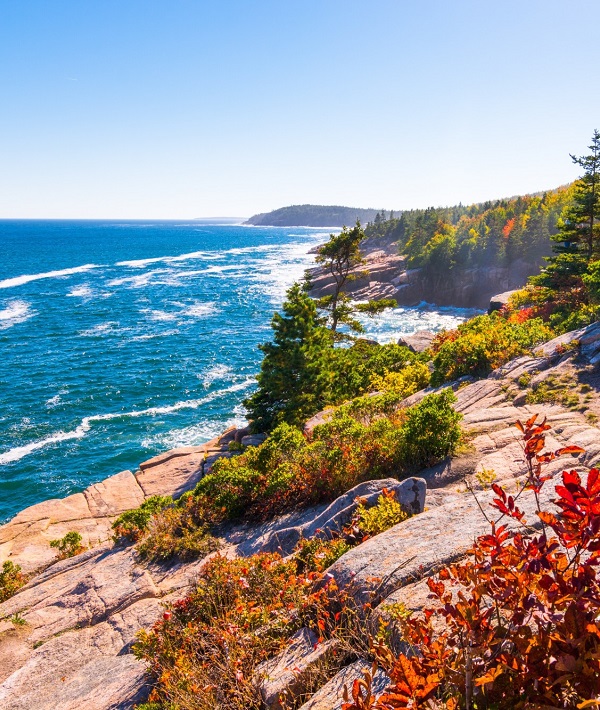
Acadia National Park
Known for its distinct beauty and towering heights, Acadia National Park is nicknamed the "Crown Jewel of the Atlantic Coast." Offering guests 47,000 acres of scenic coastline, hiking trails and magnificent granite peaks, Acadia showcases the best of Maine and has become a popular getaway destination, welcoming more than 3 million people annually.
Maryland
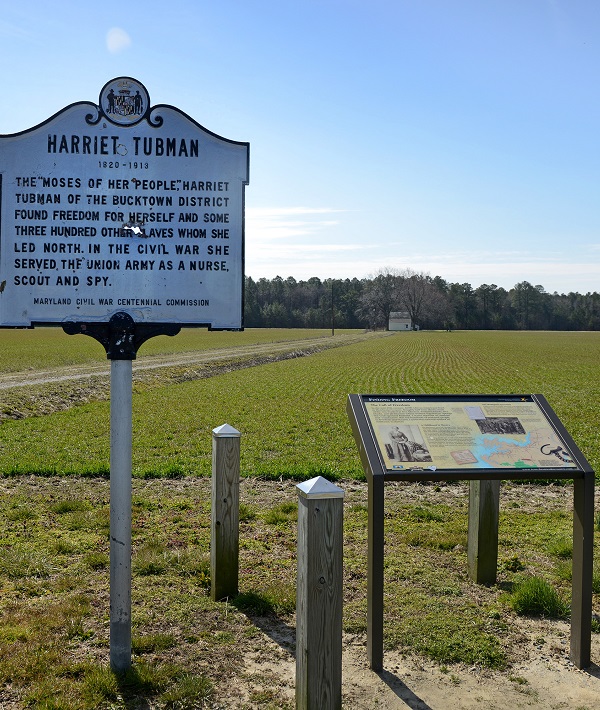
Harriet Tubman Underground Railroad National Historical Park
Maryland has a lot to offer in terms of historic monuments, trails, seashores and memorials, but one place everyone should visit in the state is the site where abolitionist and former slave Harriet Tubman helped countless other slaves escape to freedom. The 480-acre property in Dorchester County, where Tubman once lived, includes a powerful museum featuring artifacts and stories about Tubman's incredible life and enduring legacy.
Massachusetts
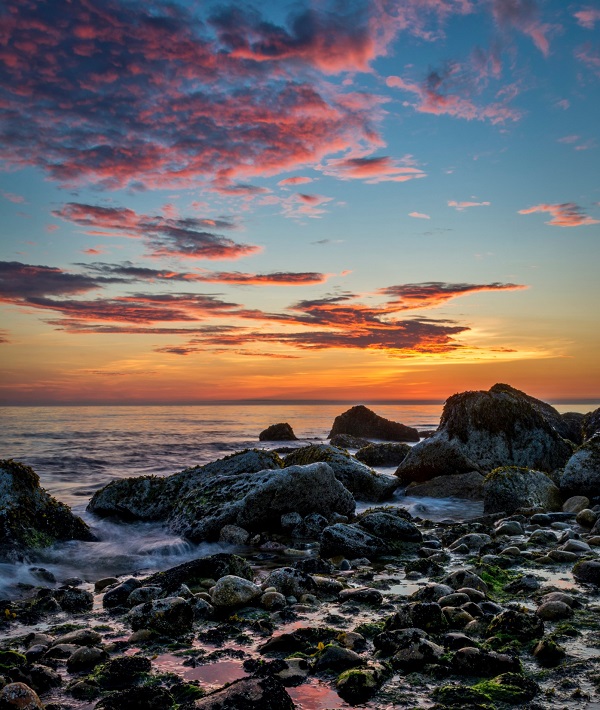
Cape Cod National Seashore
The more than 43,000 acres of this beloved seashore was once memorialized by author Henry David Thoreau in his 1865 book "Cape Cod," in which he wrote, "A man may stand there and put all America behind him." Today, this protected expanse of beaches, hiking and biking trails draws in more than 4 million tourists annually, proving that after 150 years, travelers are still looking to Massachusetts for a scenic escape.
Michigan
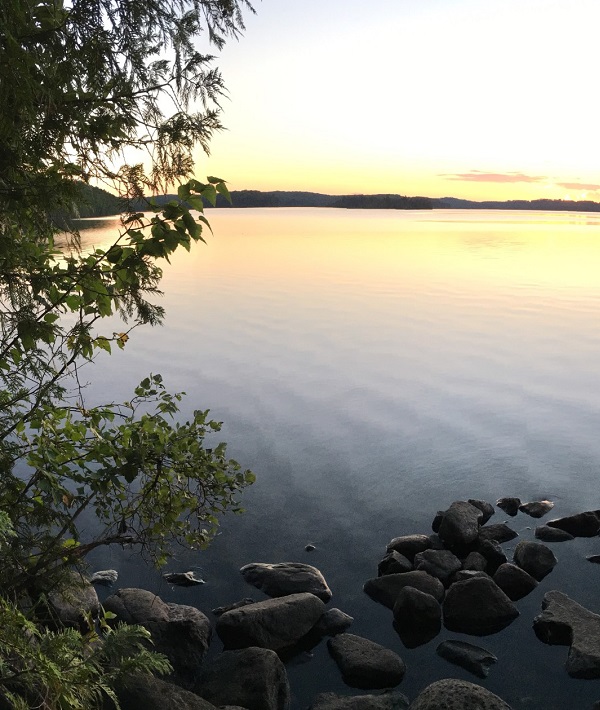
Isle Royale National Park
Located on Lake Superior near the border of Canada, Isle Royale isn't just a national park, it's also a secluded island cluster that offers visitors a picturesque piece of rugged wilderness. Purposefully car-free, this heavily forested park respects nature and the species that inhabit the land, including free-roaming moose and wolves, giving hikers, backpackers and travelers a chance for a kind of old-world serenity that's hard to find in the modern world.
Minnesota
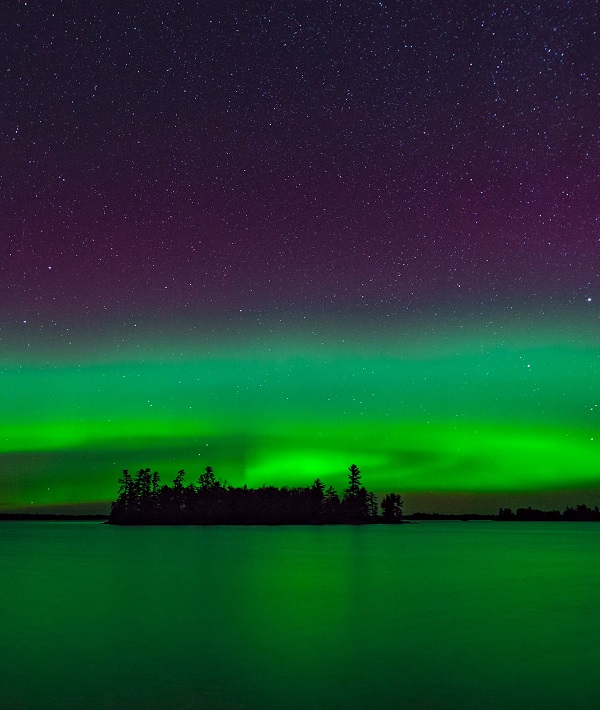
Voyageurs National Park
As Minnesota's only national park, northern-located Voyageurs definitely brings its A-game. Located near the Canadian border, this 218,000-acre park is a nature-lover's oasis, featuring numerous waterways and low-lying terrain carved from glaciers and ancient underwater volcanoes. While outdoor recreation is the main draw of this park, it's also famous for its abstract Ellsworth Rock Gardens and its prime location for viewing the otherworldly aurora borealis.
Mississippi
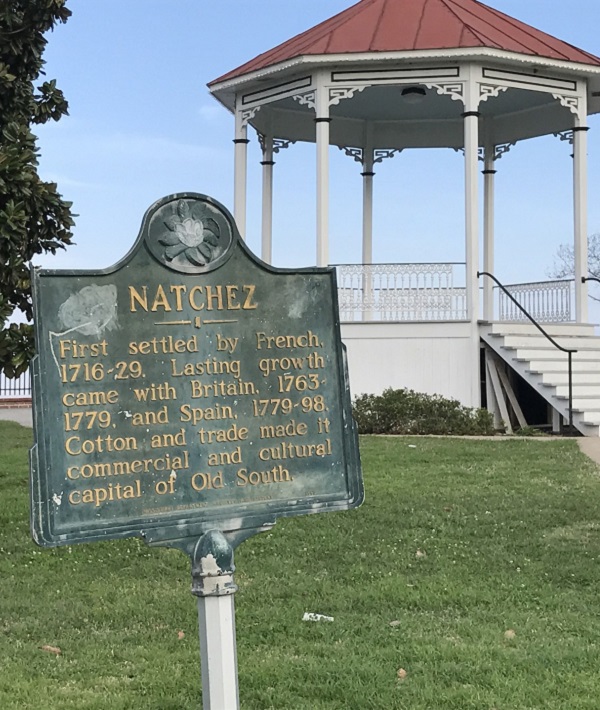
Natchez National Historical Park
Named for the tribe that inhabited the land before European settlers, the area has a painful history as being a flourishing center for slave trading, cotton plantations and, later, civil-rights activism. Today, the park honors its complex history through its three locations: Melrose Estate; the William Johnson House; and the Fort Rosalie site, which aims to preserve a piece of Mississippi's heritage and evolution over the last 300 years.
Missouri
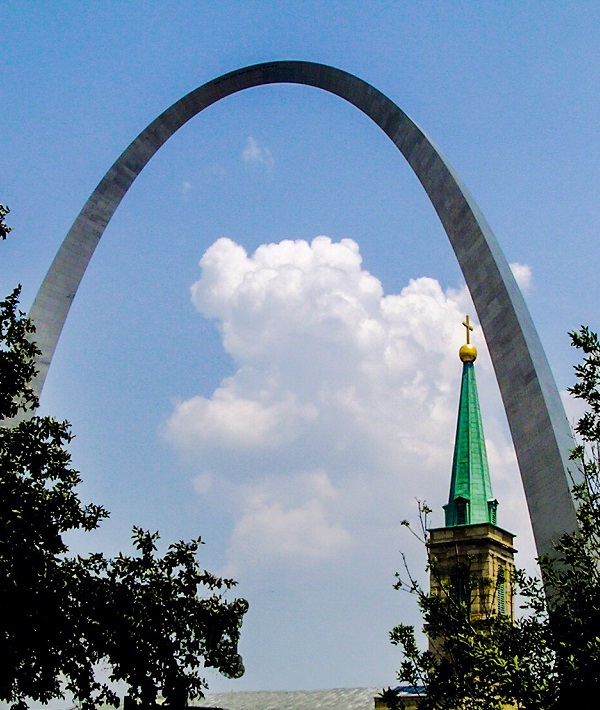
Gateway Arch National Park
Designated in 2018 as a national park, St. Louis' Gateway Arch was formerly known as the Jefferson National Expansion Memorial, meant to honor President Thomas Jefferson's hand in influencing early pioneers to head west. Featuring a museum, the famed Gateway Arch monument (seen here) and the Old Courthouse, where historic legislation, like the Dred Scott Case, was heard, this national park is also centrally located near the beginning of the Lewis & Clark National Historic Trail.
Montana
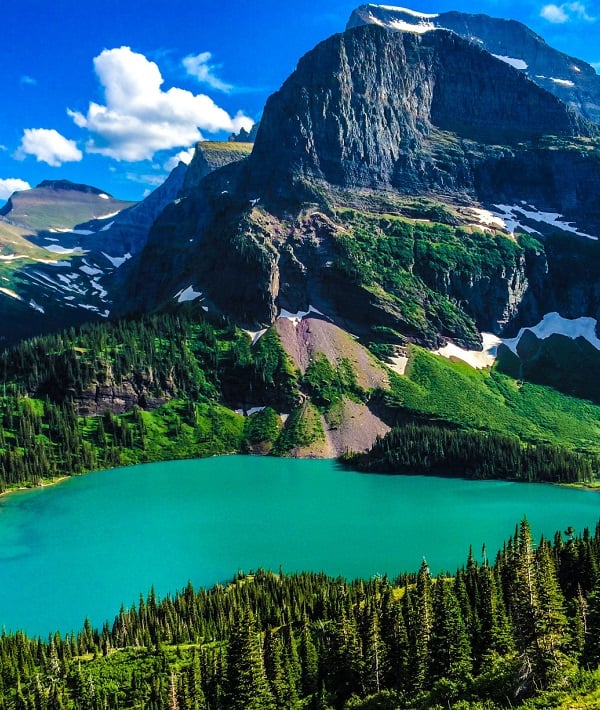
Glacier National Park
As its name suggests, Glacier National Park was sculpted by ancient glaciers, leaving behind an awe-inspiring landscape and some of the most beautiful terrain in Montana. Located near the Canadian border, this immense natural preserve has more than 700 miles of hiking trails leading to turquoise lakes, snow-capped mountain peaks and through evergreen forests.
Nebraska
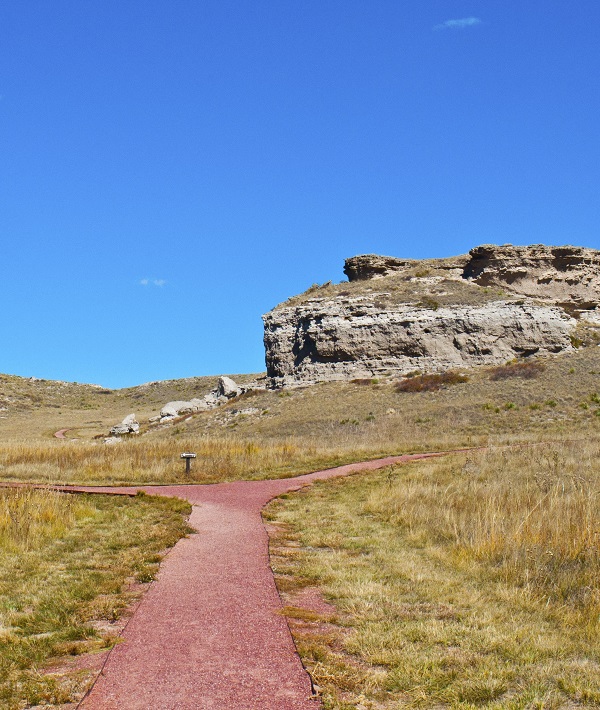
Agate Fossil Beds National Monument
While this monument's first name indicates the colorful semi-precious gemstones found throughout the region, it's also named for the vast quantity of Miocene fossils dating back 21 million years ago. Located near the Niobrara River in northwestern Nebraska, Agate Fossil Beds National Monument was once home to the Lakota Sioux and still honors its early Native American heritage.
Nevada
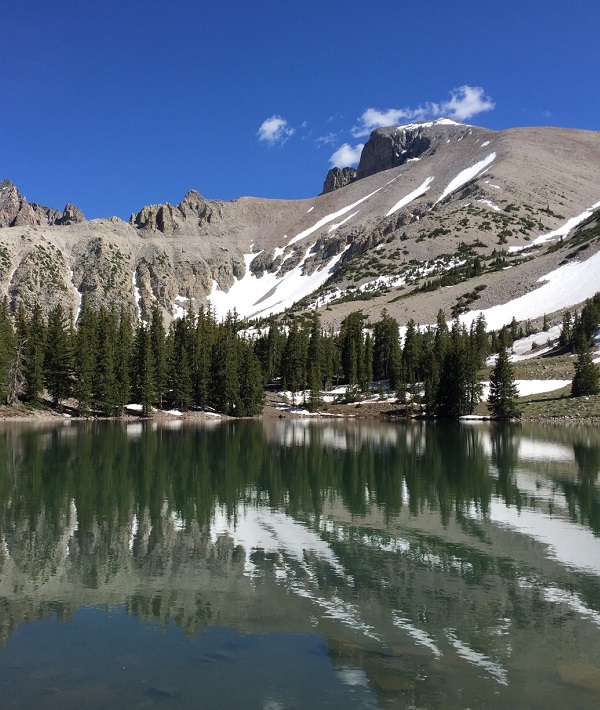
Great Basin National Park
In addition to sharing part of Death Valley with California, Nevada is home to Great Basin National Park near the Utah border. This diverse landscape is more than 77,000 acres of stark desert contrasted with ancient pine groves, underground marble caves and subalpine lakes, allowing visitors to hike, swim, fish and explore to their heart's content.
New Hampshire
![Augustus Saint-Gaudens [Misc.] Augustus Saint-Gaudens [Misc.]](https://mom.com/wp-content/uploads/2024/09/229650-augustus-saint-gaudens-misc.jpg)
Saint-Gaudens National Historic Site
Along with sharing parts of the great Appalachian Trail, the quaint state of New Hampshire is where world-famous sculptor Augustus Saint-Gaudens once lived. Initially using his beautiful retreat in Cornish for summer vacations from 1885 to 1897, Saint-Gaudens would live permanently in the estate from 1900 until his death in 1907, leaving behind his home, sculpting studios and impressive gardens for visitors to enjoy for centuries to come.
New Jersey
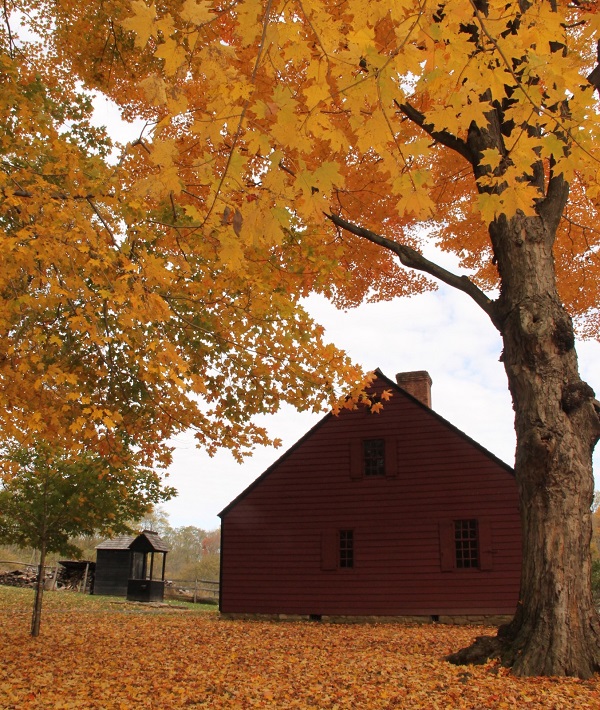
Morristown National Historical Park
Due to New Jersey's proximity to other East Coast states like Pennsylvania and New York, it overlaps with many of their monuments and historic areas. One of the few places the Garden State doesn't share is Morristown National Historical Park, where General George Washington and his army found shelter to survive what is known today as The Hard Winter of 1779 and 1780, that brought deadly freezing temps and more than 26 lethal blizzards, causing untold deaths and devastation during the Revolutionary War.
New Mexico
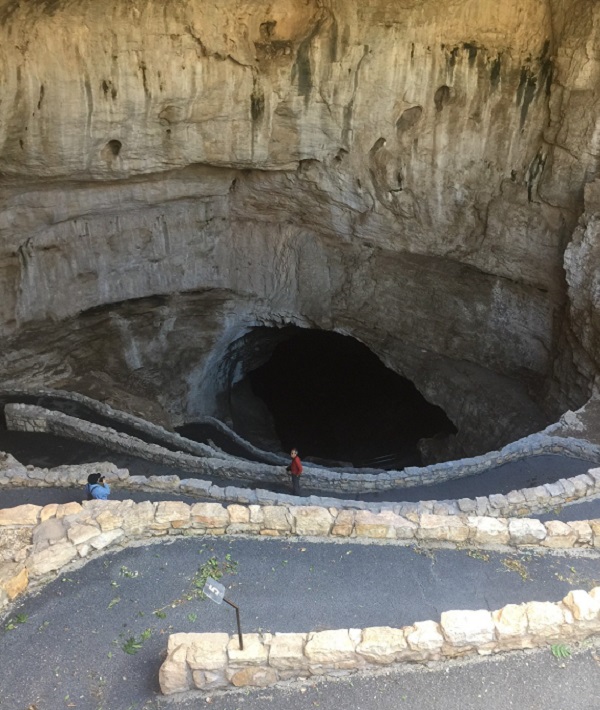
Carlsbad Caverns National Park
New Mexico is filled with incredible historical monuments (like the Aztec Ruins and Capulin Volcano), but none are more popular than Carlsbad Caverns National Park, which welcomes more than 466,000 visitors each year. With more than 100 stalactite-filled caves throughout the Chihuahuan Desert, the park is also home to numerous bird and bat species as well as some of the most colorful blooming cacti in the state.
New York
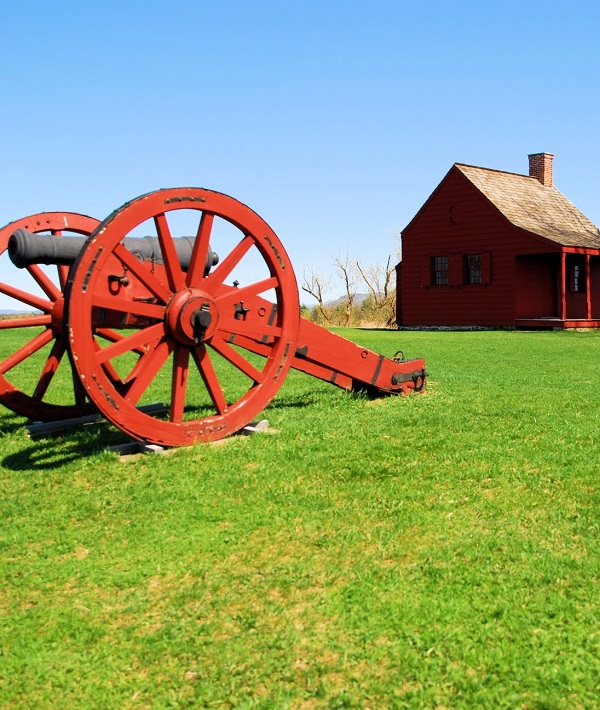
Saratoga National Historical Park
Marking an important battle during the Revolutionary War, Saratoga National Historical Park was the place where American troops gained an important leg up against the British in 1777. Commemorating the Battle of Saratoga, this New York historical park is home to important monuments including the house of General Philip Schuyler and Victory Woods, where the British Army surrendered to American forces.
North Carolina
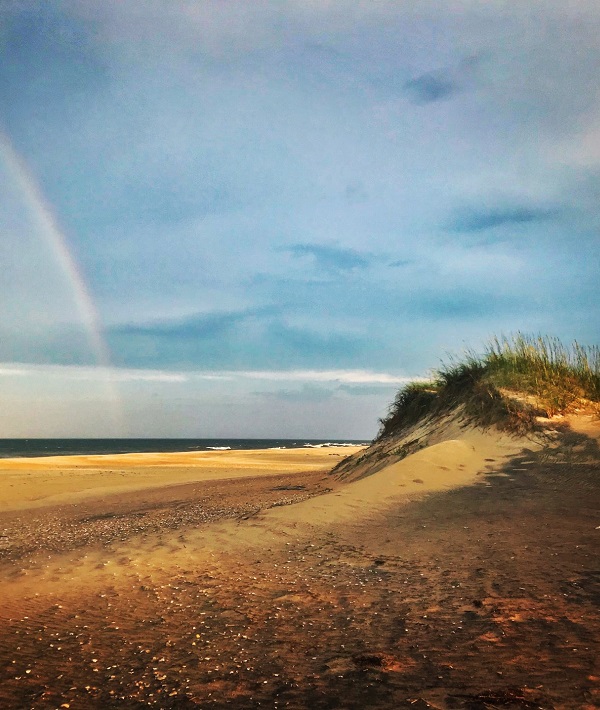
Cape Hatteras National Seashore
While North Carolina also shares part of the Great Smoky Mountains National Park with Tennessee, it gets to claim this beloved seashore all to itself. Home to the state's famed Outer Banks, the 70-mile coastline runs from Bodie Island to Ocracoke Island and includes protected marshes, iconic lighthouses, relaxing campgrounds and some of the most romantic beach communities on the East Coast, including the famed Rodanthe.
North Dakota
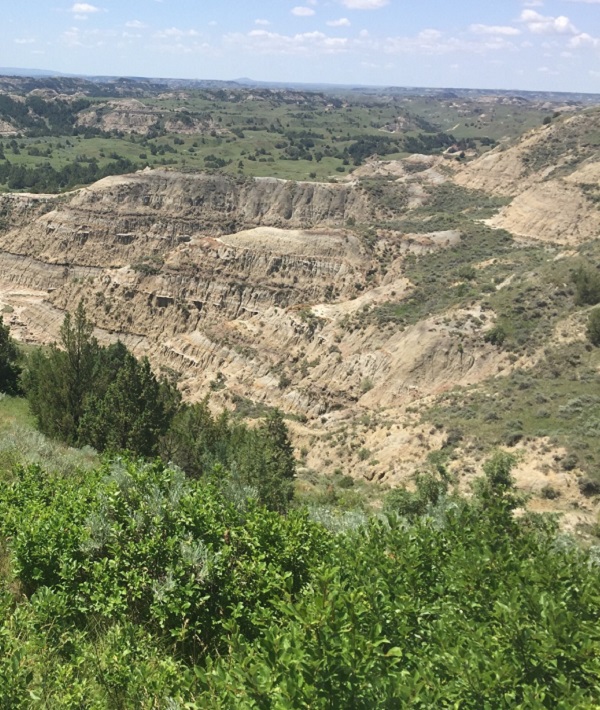
Theodore Roosevelt National Park
It's a rugged wilderness where herds of bison, wild horses and elk roam, punctuated by fleeing prairie dogs and deer. Named after a former president who believed his time spent in North Dakota helped shape his path to the presidency, this 110-square-mile park calls both the Great Plains and the expansive Badlands home. Once a beloved hunting ground, today this historic area is a wildlife refuge and monument to the past, preserving Theodore Roosevelt's temporary hunting lodge, Maltese Cross Cabin, for visitors to explore.
Ohio
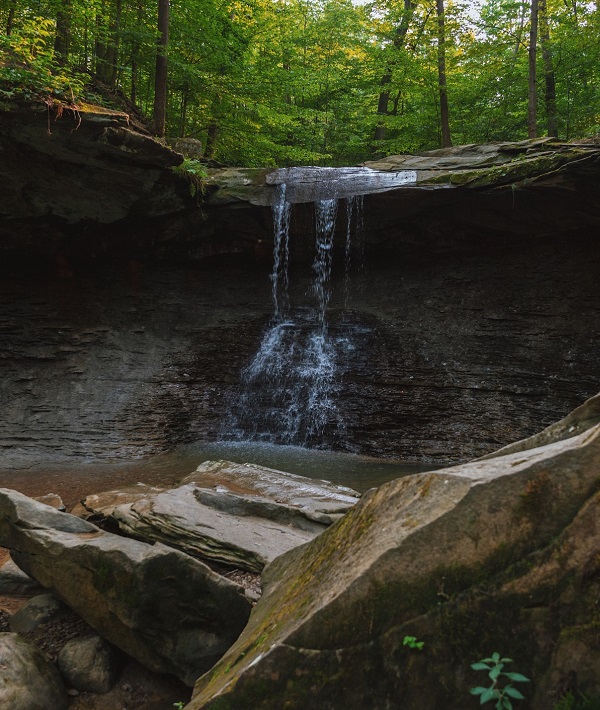
Cuyahoga Valley National Park
Nestled between Akron and Cleveland, along the banks of the Cuyahoga River is Ohio's only national park (not counting its two national historical parks). Cuyahoga Valley National Park offers visitors 12,000 years of history across nearly 33,000 acres of waving hills and farmlands. Inside the park is a 100-mile-long winding river, waterfalls, diverse hiking and biking trails, incredible opportunities to bird watch and, most surprisingly, four inter-park golf courses for visitors to enjoy.
Oklahoma
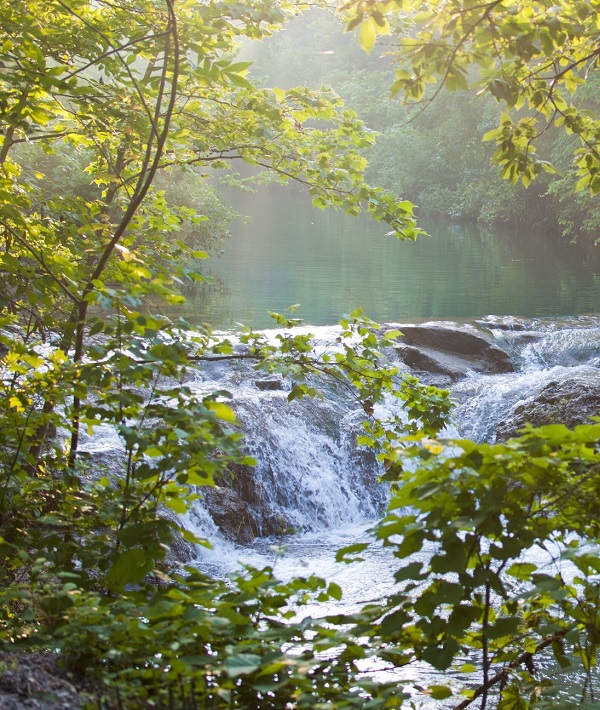
Chickasaw National Recreation Area
Just because Oklahoma has no national park doesn't mean it doesn't offer a serene, natural oasis for visitors to unwind. Chickasaw National Recreation Area is home to numerous waterways, including Little Niagara (seen here), Antelope Springs, Rock Creek, Veterans Lake and Lake of the Arbuckles, where guests can wade, swim, fish and float their cares away.
Oregon
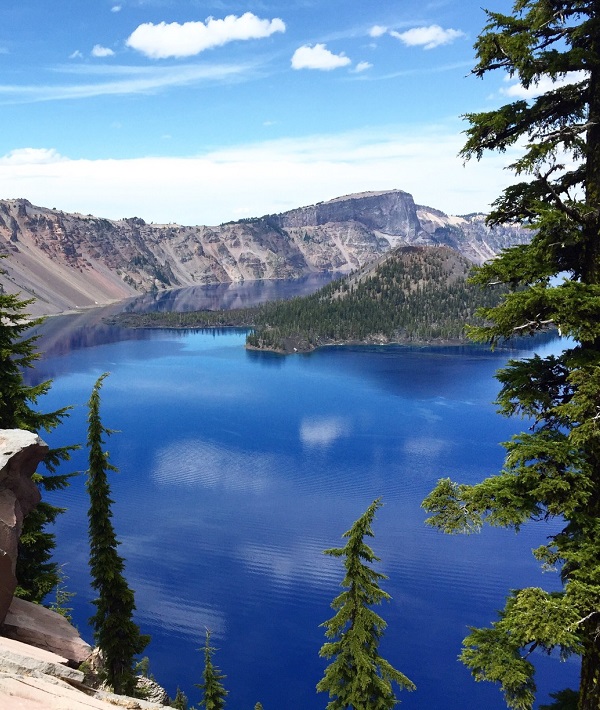
Crater Lake National Park
This stunning national park in southern Oregon was formed nearly 8,000 years ago after Mount Mazama forcefully erupted and then collapsed, leaving a massive caldera in its wake. Today, that caldera is a pristine lake surrounded by the snowy Cascade Mountains and verdant forests. Visitors can explore the numerous hiking and biking trails, including the famed Rim Drive, a 33-mile route that circles all of Crater Lake, providing unsurpassed views of the glistening water valley below.
Pennsylvania
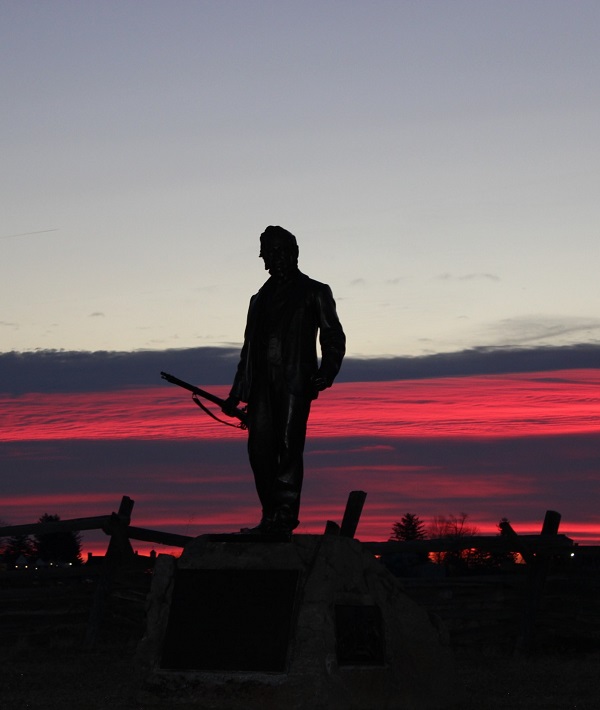
Gettysburg National Military Park
Pennsylvania has no exclusive national parks, but it is home to numerous historic and scenic sites, including Gettysburg National Military Park, where visitors can commemorate the most important battle ever waged during the American Civil War. Amid hundreds of statues of Union and Confederate soldiers, visitors can learn about the three-day siege that took the lives of an estimated 51,000 men and where President Abraham Lincoln would later deliver his famous Gettysburg Address.
Rhode Island
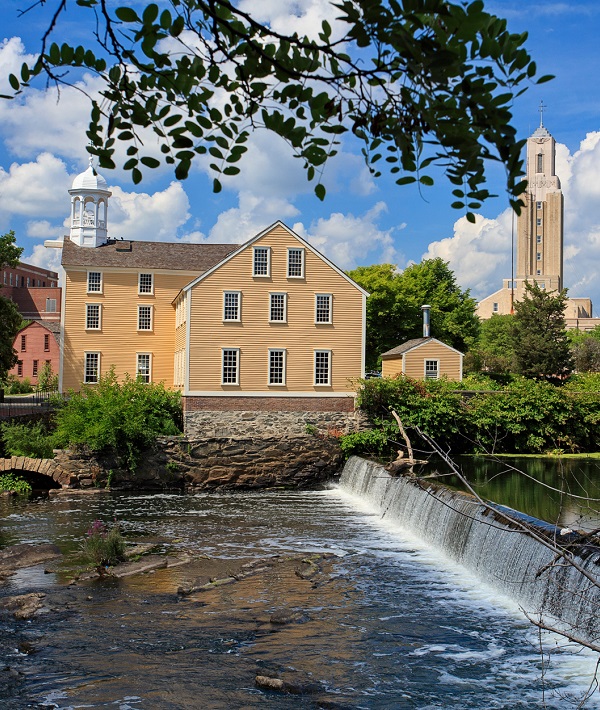
Blackstone River Valley National Historical Park
Located in Rhode Island and Massachusetts, this historical park is a monument to the power of innovation. Not only beautiful, Blackstone River Valley is also where Samuel Slater opened a cotton mill (seen here) in 1793, using the rushing water to power his unique spinning mill. His design would earn him the nickname "the Father of the American Industrial Revolution" and change the trajectory of the U.S. economy.
Image via Rhode Island Commerce Corporation
South Carolina
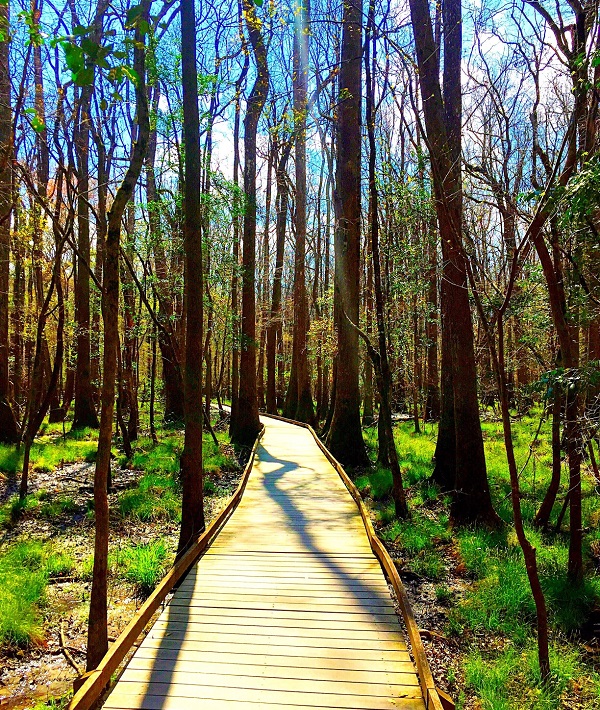
Congaree National Park
Located in central South Carolina is the state's only national park and protected landmass, holding the oldest deciduous hardwood forest in the U.S. Congaree National Park is named for the Native American tribe that once thrived in the area. Inside the more than 26,000 acres is the Congaree Biosphere Preserve, a stunning biodiverse site with ample natural resources and cultural heritage that has been recognized by UNESCO since 1983.
South Dakota
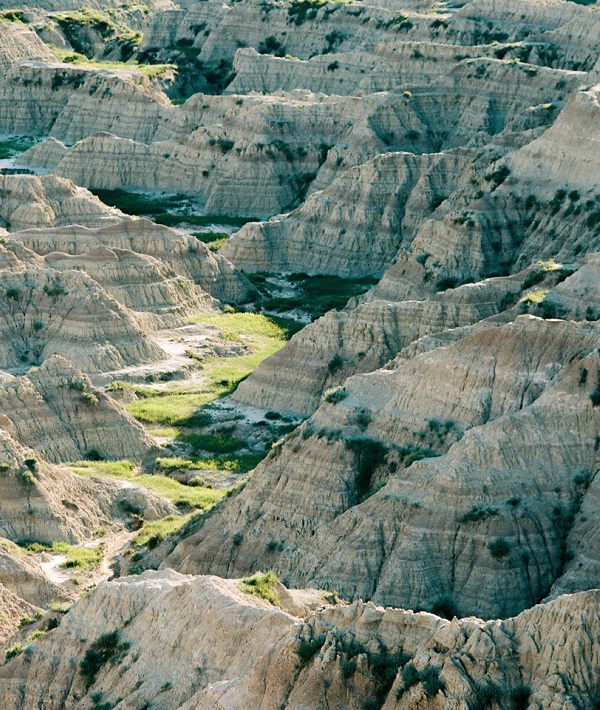
Badlands National Park
South Dakota is home to both Wind Cave National Park and Badlands National Park. While both parks offer stunning natural landscapes, we can't help but marvel at the more than 244,000 acres of the Badlands. Known worldwide for its plethora of fossils dating as far back as 56 million years ago, this rugged landscape is also regarded for its overwhelming beauty, filled with geological formations like buttes and towering pinnacles.
Tennessee
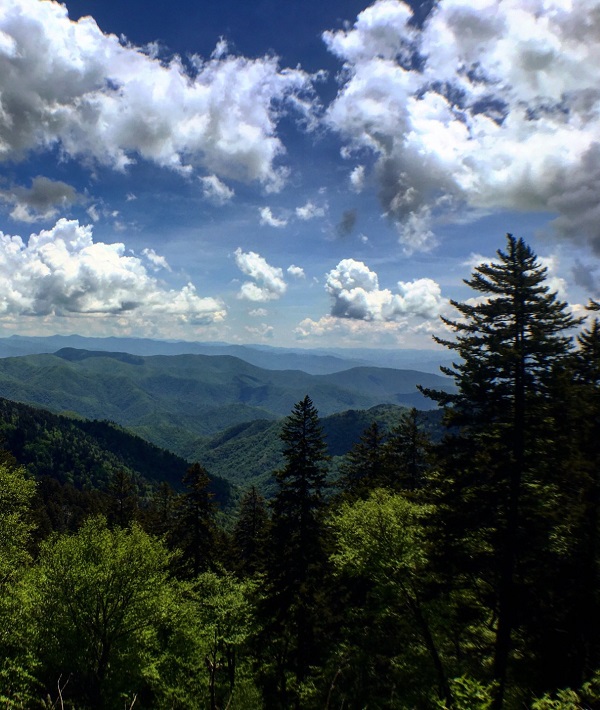
Great Smoky Mountains National Park
Overlapping with North Carolina, the Great Smoky Mountains National Park is Tennessee's only national park and one of the most beloved natural preserves in the Volunteer State. Offering visitors unparalleled views of the majestic Appalachian Mountains, looming forests and the chance to see an abundance of wildlife, including black bears. The park is also known for having a wide variety of year-round blooming wildflowers, making its terrain as colorful as it is mesmerizing.
Texas
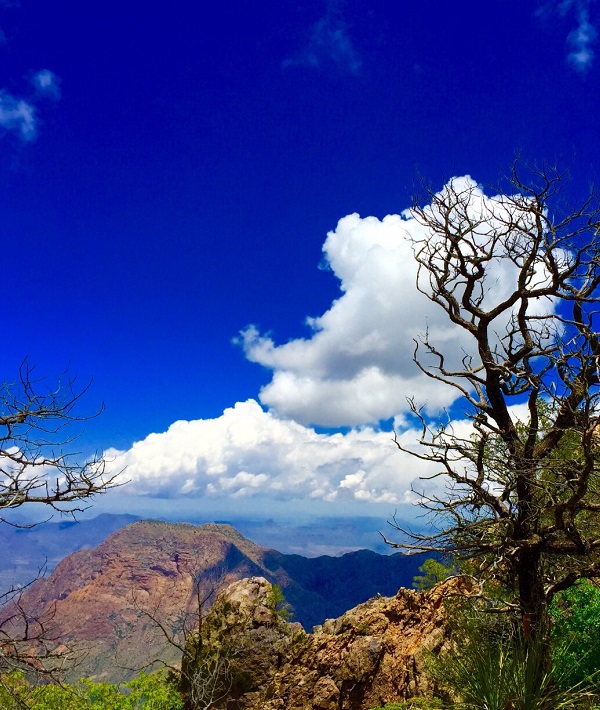
Big Bend National Park
In a state as big as Texas, it's not surprising that there is more than one national park. Our favorite, however, is Big Bend, which encompasses the Chisos Mountain Range and part of the famed Chihuahuan Desert. Filled with limestone canyons, sheer cliffs and breathtaking desert flora and fauna, this historic park is one where visitors can feel as if they've left the modern world behind to experience the rugged beauty of nature as it's been for thousands of years.
Utah
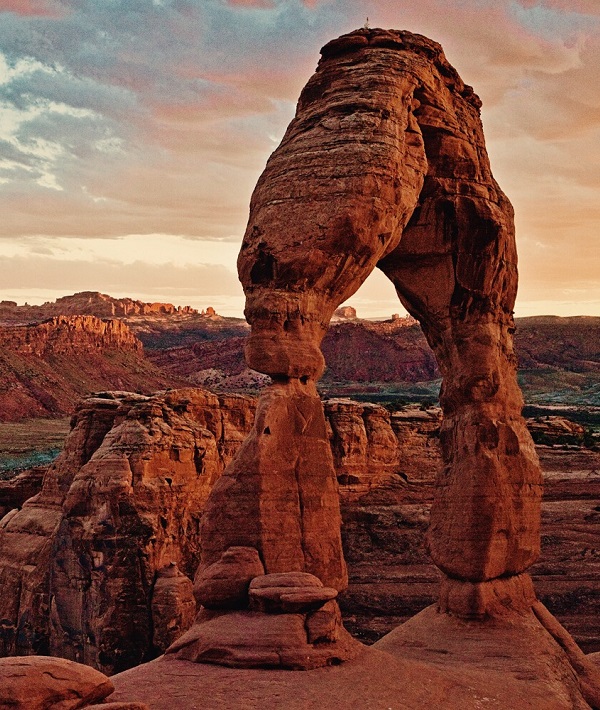
Arches National Park
Utah is home to an astounding five national parks, making it hard to pick just one for our list. However, in Moab lies one of our favorites, Arches National Park, which stole our hearts thanks to the more than 2,000 naturally formed sandstone arches that decorate the park and leave visitors in awe. The ruddy red formations, formed an estimated 65 million years ago, draw more than 1 million visitors each year, making it more popular than its nearby sibling (also in Moab), Canyonlands National Park.
Vermont
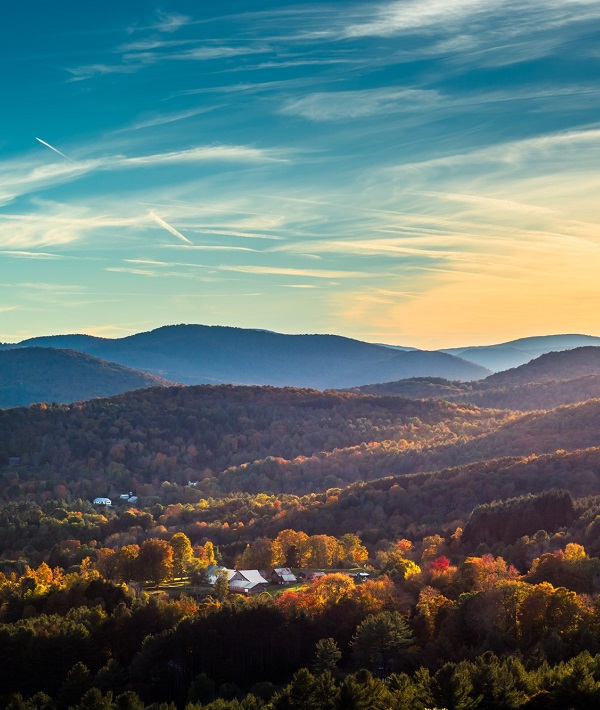
Marsh-Billings-Rockefeller National Historical Park
The National Park Service only operates two sites in Vermont: a segment of the Appalachian Trail and Marsh-Billings-Rockefeller National Historical Park in Woodstock. Named for George Perkins Marsh, Frederick Billings and Mary French Rockefeller, the land is home to groves of sugar maples and ancient hemlocks, and carries an enduring principal of history and environmental preservation that is inspiring even today.
Virginia
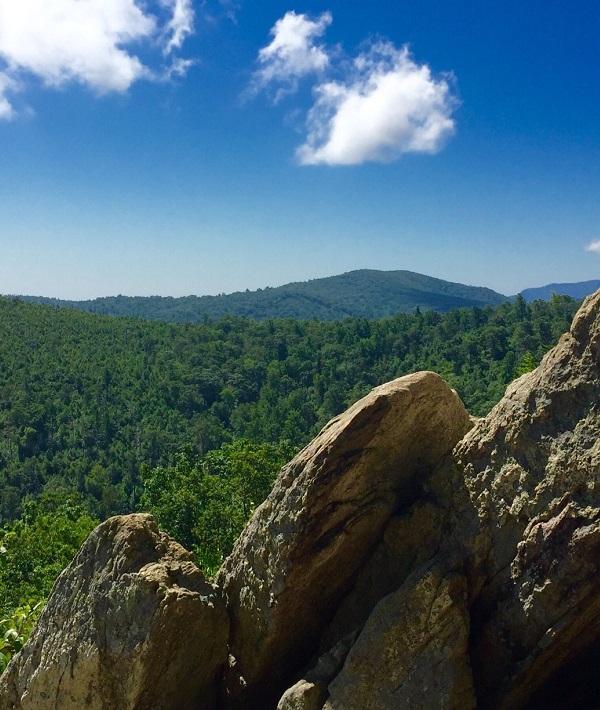
Shenandoah National Park
The historic state of Virginia has many incredible national sites and monuments, but Shenandoah National Park is one that never ceases to take our breath away. Set against the Blue Ridge Mountains, this 311-square-mile preserve is dense with forest but also has an abundance of wetlands and waterfalls that beckon visitors to hike throughout its more than 500 miles of trails or take a cruise around the popular Skyline Drive.
Washington
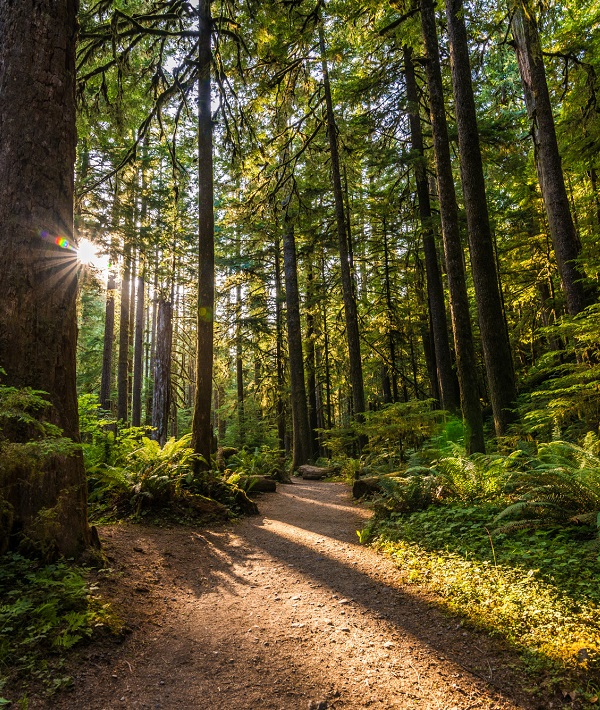
Olympic National Park
Home to three equally gorgeous national parks, this ecologically diverse preserve is one of our favorites. Located on the Olympic Peninsula, this nearly 1-million-acre park is joined with Olympic National Forest, providing visitors with a scenic variety including more than 628,000 acres of woodlands, towering mountains and coastal beaches that allow for dazzling views of the Pacific Ocean.
West Virginia
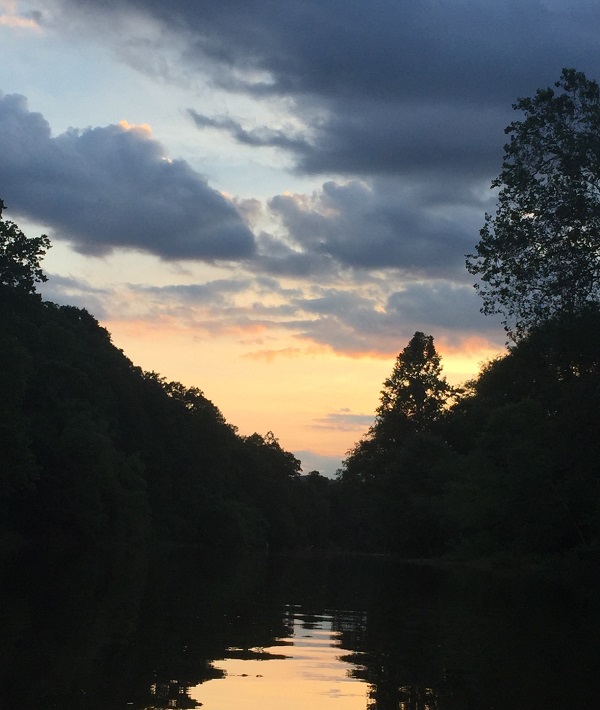
Gauley River National Recreation Area
What makes Gauley River in Summersville, West Virginia, so unique is the fact that it's incredibly difficult to get to by land, meaning visitors who want to explore this nearly 30-mile-long preserve must do so via its waterways. Boating or rafting along Gauley River can be relaxing or adrenaline-pumping, as there are numerous expert-level white water rapids (which shouldn't be attempted without a trained guide). The coastal views, including gorges and vibrant valleys, make the journey even more memorable.
Wisconsin
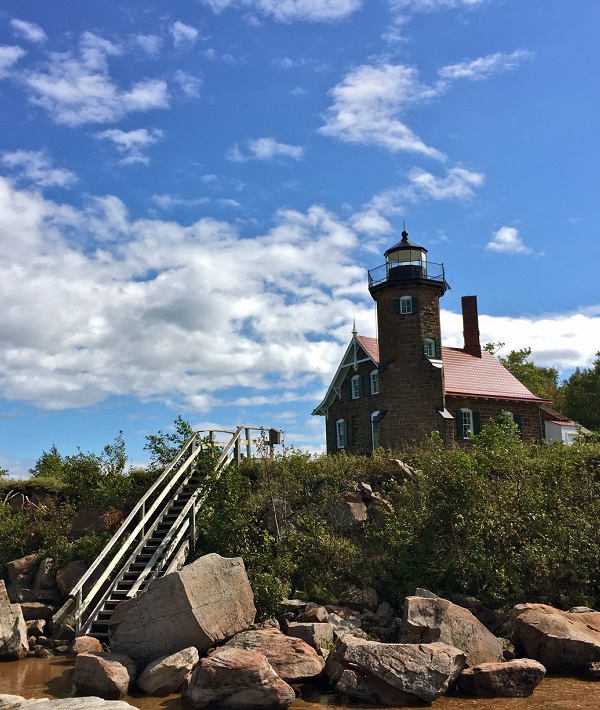
Apostle Islands National Lakeshore
Home to two really cool scenic trails and a beautiful national riverway, another gem in Wisconsin is this protected lakeshore encompassing 21 islands in Lake Superior. Offering visitors the chance to explore sandstone sea caves, sheer cliffs, sparkling beaches and historic landmarks, the Apostle Islands offer endless opportunities for fun and adventure.
Wyoming
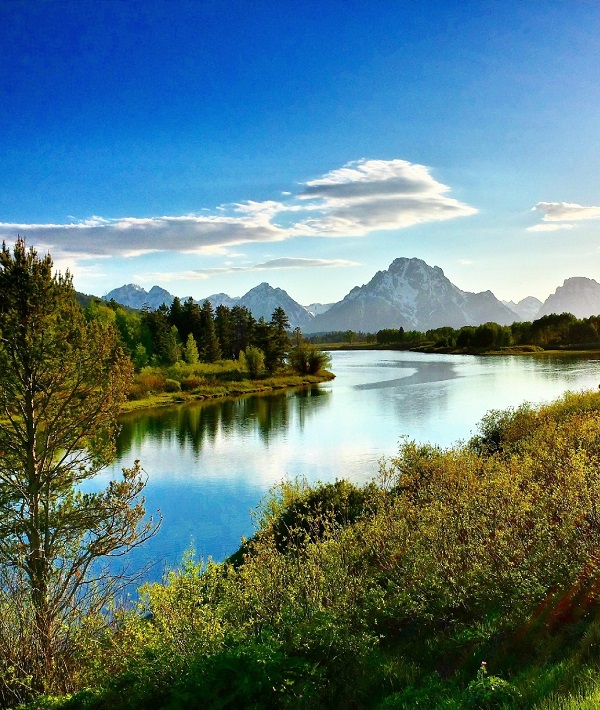
Grand Teton National Park
Home to Yellowstone (which graced the cover of our list) and Grand Teton, Wyoming has two of the most beautiful national parks in the country. We picked Grand Teton (which happens to be connected to its bigger cousin via the John D. Rockefeller Jr. Memorial Parkway) because it offers dramatic mountainous landscapes, verdant forests and pristine waterways along with a powerful history and (the best part) far fewer crowds to contend with.




